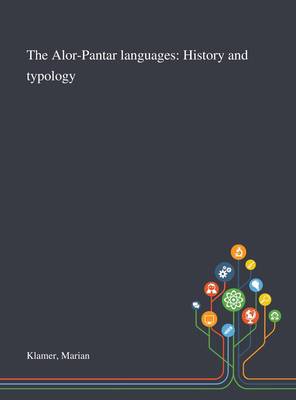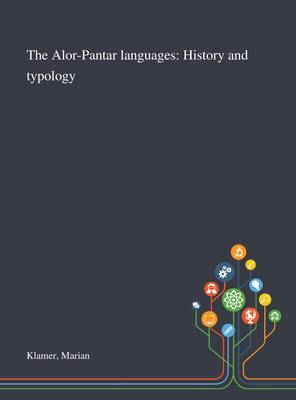
- Retrait gratuit dans votre magasin Club
- 7.000.000 titres dans notre catalogue
- Payer en toute sécurité
- Toujours un magasin près de chez vous
- Retrait gratuit dans votre magasin Club
- 7.000.000 titres dans notre catalogue
- Payer en toute sécurité
- Toujours un magasin près de chez vous
54,45 €
+ 108 points
Format
Description
The Alor-Pantar family constitutes the westernmost outlier group of Papuan (Non-Austronesian) languages. Its twenty or so languages are spoken on the islands of Alor and Pantar, located just north of Timor, in eastern In- donesia. Together with the Papuan languages of Timor, they make up the Timor-Alor-Pantar family. The languages average 5,000 speakers and are under pressure from the local Malay variety as well as the national lan- guage, Indonesian. This volume studies the internal and external linguistic history of this interesting group, and showcases some of its unique typological features, such as the preference to index the transitive patient-like argument on the verb but not the agent-like one; the extreme variety in morphologi- cal alignment patterns; the use of plural number words; the existence of quinary numeral systems; the elaborate spatial deictic systems involving an elevation component; and the great variation exhibited in their kinship systems. Unlike many other Papuan languages, Alor-Pantar languages do not ex- hibit clause-chaining, do not have switch reference systems, never suffix subject indexes to verbs, do not mark gender, but do encode clusivity in their pronominal systems. Indeed, apart from a broadly similar head-final syntactic profile, there is little else that the Alor-Pantar languages share with Papuan languages spoken in other regions. While all of them show some traces of contact with Austronesian languages, in general, borrow- ing from Austronesian has not been intense, and contact with Malay and Indonesian is a relatively recent phenomenon in most of the Alor-Pantar region. This work was published by Saint Philip Street Press pursuant to a Creative Commons license permitting commercial use. All rights not granted by the work's license are retained by the author or authors.
Spécifications
Parties prenantes
- Auteur(s) :
- Editeur:
Contenu
- Nombre de pages :
- 478
- Langue:
- Anglais
Caractéristiques
- EAN:
- 9781013284830
- Date de parution :
- 09-10-20
- Format:
- Livre relié
- Format numérique:
- Genaaid
- Dimensions :
- 216 mm x 279 mm
- Poids :
- 1387 g







